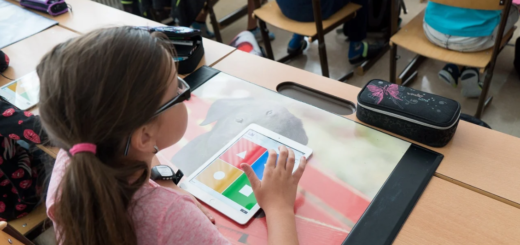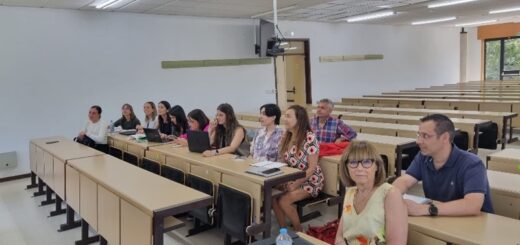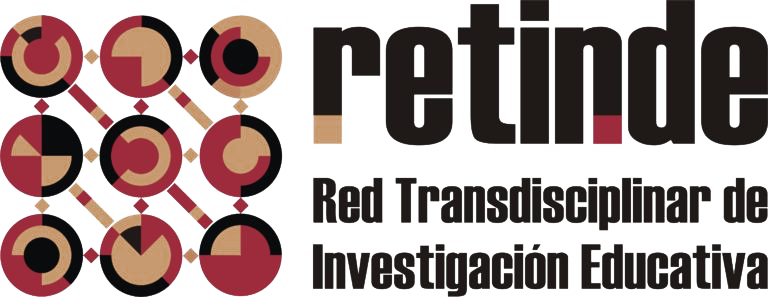The benefits of the digital transformation of educational organizations

Image for free use under de Pixabay Licence from https://bit.ly/3BwrbxT
It would be necessary to adopt a critical attitude because the technologies are very present in our daily lives. A comprehensive education, with the participation of al members of an educational community, would be a perfect alternative.
An example of this is Andalusia. In 2018/2019 starts to work the Programme for the Digital Transformation of Schools. The aim of it was the development of digital competence throughout the educational community. It was a programme where the schools, voluntarily and with the help of the public administration, would work to improve this competence in schools. This would mean providing to the schools the necessary equipment and infrastructures, as well as guidelines, guides and specific training to improve the digitalisation of teachers and students. In this process very important the participation of families in many aspects. However, when the programme was working for a year and a half, we had the pandemic situation with COVID-19.
In this context, it´s evident the multiple shortcomings that the schools have in the technological competence. It´s necessary to regulate the digital transformation process of these organizations, in order to change from traditional to digital processes (García-Peñalvo, 2020; García-Peñalvo y Correll, 2020; Ramírez-Ramírez, 2021). In this case, the Programme for Digital Transformation in Education starts to work thanks to a law (31 of July, in 2020). The school’s participation is mandatory for all public schools in Andalusia. Since 2020, every year, the Regional Government of Andalusia establishes the guidelines that must be found in the educational centres. In this way, trought the actions planned during the academic year. At the same time, they have the evaluation of the progress of the digital transformation. In this way, we can follow the evolution of the centres. It allows identify strengths and weaknesses in order to establish future lines to work with them.
With this information, the reader may have doubts about how positive is this process and its actions. First of all, it is necessary to understand that each centre has different situations in terms of technological equipment, level of digital competence in teachers and students, families´ participation, and other questions that are more important over digital transformation. This means that each one has its own work plan, without being able to compare them.
When we approach to the schools, what do we observe after these years working on it? In general, we can observe that teachers have satisfaction and wellbeing thanks to the advances experimented. We can see how students are making progress, not only in the instrumental uses of technology, also incorporating it into their teaching and learning processes. They acquire greater motivation. All of this without forgetting the responsible and ethical terms when they using it. Schools are open to change in order to adapt to the emerging demands of the context. They change the initial actions into shared digital guidelines and traditions, establishing as a part of their school culture. A corporate identity is generated through the homogeneity and cohesion of members of the educational team.
In the same way, the public administration provides equipment. It has been demonstrated with the technological inventory of the schools. We can observe how they increase annually according to the needs that them expressed.

Image for free use under de Pixabay Licence from https://bit.ly/4gQrELr
Obviously, the progress of incorporating and training in the use of technology is slower than the speed of innovations and uses of technologies are advancing. This situation should not diminish our aim of working to get a critical, ethical, safe and responsible use of technologies in our society. We must give priority to the idea that young people have the safest behaviour with them. We need to base on a responsible education that allows them to adopt critical attitudes. We can get these results with a constant work, where all members of an educational community participate. This can bring benefits of technology that would put an end to the eternal debate about the technology´s prohibition in the classrooms. It´s only necessary find the balance between the evolution´s speed of technologies, and in the other hand the time that human beings need to be able to incorporate new learnings associated with these changes.
References:
García-Peñalvo, F. J. (2020). El reto de las Instituciones Educativas ante la pandemia COVID–19. 9º Congreso Iberoamericano de Aprendizaje Mediado por Tecnología (CIAMTE) (Ciudad de México, México, 21 al 23 de octubre 2020). Grupo GRIAL. doi:10.5281/zenodo.4104425
García-Peñalvo, F. J. y Correll, A. (2020). La CoVId-19: ¿enzima de la transformación digital de la docencia o reflejo de una crisis metodológica y competencial en la educación superior? Campus Virtuales, 9(2), 83-98.
Ramírez-Ramírez, M. (2021). Transformación digital en las Universidades: Proceso en épocas de COVID-19. Revista Ibérica de Sistemas e Tecnologias de Informaçao, 42, 593-602
END NOTE: This text is part of a thesis entitled: La Transformación Digital De Los Centros Educativos En Andalucía: Estudio De Casos.

Image for free use under de Pixabay Licence from https://bit.ly/3BwrbxT
Author:
Ángela López-Gracia
Grupo de Investigación, Evaluación y Tecnología Educativa (GIETE)
Universidad de Sevilla






